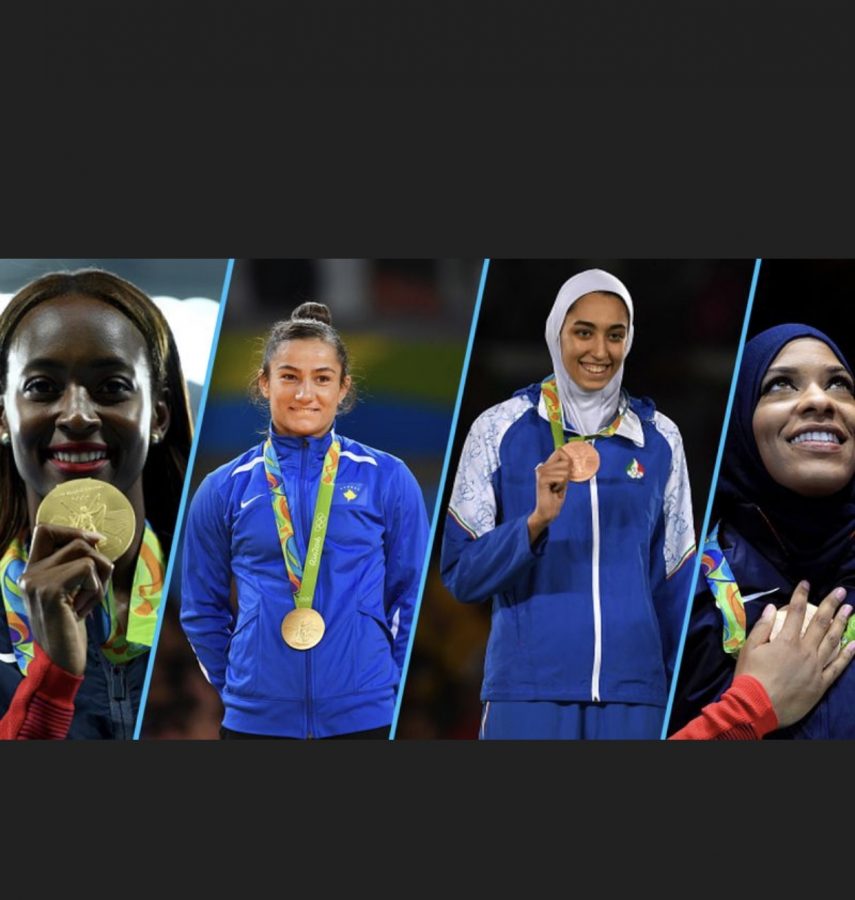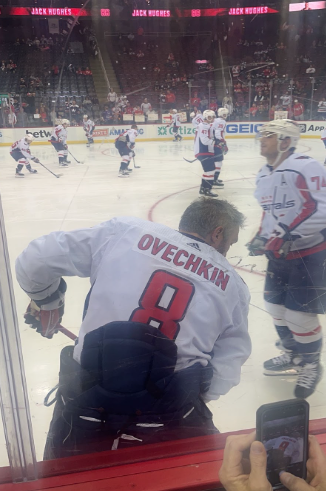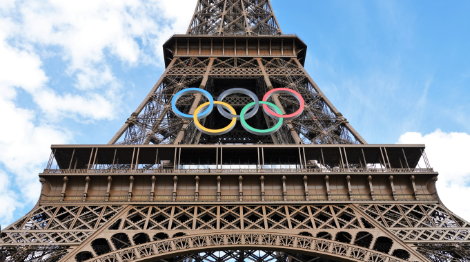For cultural, religious, and political reasons Muslim women cover their heads with a veil or head scarf called a hijab. Many women in Muslim culture who wear a hijab also participate in sporting events. However, some sporting events don’t allow women to wear hijabs which causes a spiritual conundrum for these women. Also, some uniforms do not comply with the with Muslim’s code of modesty either.
Hijab
A hijab is a head covering worn in public by Muslim women. Some Muslim women choose to wear hijab for cultural reasons. Some women believe that God instructed them to wear hijabs. Wearing a hijab would fulfill God’s commandment for modesty. Most women make a choice after puberty whether or not they want to wear it. This choice shows their devotion to God. In addition, the women also wear loose non-revealing clothing. According to Thoughtco. “Some African-American Muslims adopt it as a sign of self-affirmation after generations of their ancestors were forced to unveil and be exposed on the auction block as slaves.”
Modest clothing
The Quran, the religious text Muslim’s follow, states that both men and women should dress modestly to “guard his own chastity.” Covering one’s body then forces people to look beyond physical beauty and see inner beauty instead.
Sports that limit
According to Rolling Stones Magazine, “The rules under different sports federations do not specifically ban hijab, but the general language in which headgear is banned inadvertently prohibits hijab during competition, and it can also affect Sikh and Jewish athletes who choose to observe their faith by covering their heads.”
According to patheos.com, Wodjan Ali was sent to represent Saudi in a heavyweight competition in Judo. Ali was banned from participating in the event due to wearing a hijab. Marius Vizer, international federation Judo president, banned any head wear during the competition. In Ali country, hijabs must be worn. The sport of Judo didn’t allow her to wear hijab for the competition.
In October of 2018, 21-year-old Miftahul Jannah was disqualified from the 2018 Asian Paralympic Games’ judo tournament for wearing her hijab. Jannah, a blind competitor, trained for ten months for the competition and was told minutes before the competition that her head scarf needed to be removed. Due to this incident, Jannah says she will not compete in the sport again.
In January of 2018, a Colonia High School female student chose to follow her religon’s rules and wore shorts on top of her swimsuit. She has been wearing those short ever since her season started , but for some reason the referee approached to her during a swim meet and told her that she is not allowed to compete, and if she did she would be disqualified. The swimmer still competed, but for her future meets she had to bring in a paper from her local Mosque stating that she must wear those shorts. her wearing shorts should not be a problem since if anything it’s making her slower.
Sports that don’t limit
Although there’s sports that limit women and what they wear, surprisingly there’s a lot more sports that don’t. For example, the dress code for wrestling. Any hair length whether you’re a male or female if it passes you’re ears it has to be covered. When it comes to the actual dress code and what to wear you can wear anything as long as it matches your school colors.
Another sport that’s also very lenient with dress code is track & cross country. Track also allows you to dress as modestly as you want as long as you are wearing the teams uniform. So, as long as you are wearing the team’s uniform, you can wear whatever color scarf, undershirt or compression pants. Also, the girls on the team covering up should all match so that it looks like a uniform. Obviously, the colors should make the uniform.
Along with track and wrestling, soccer is also a sport that accommodates. In 2016, FIFA lifted the hijab ban. “If women cannot play because of headscarves then we at FIFA are very happy to authorize them so women around world have access to football,” FIFA secretary-general Jerome Valcke said after the panel’s unanimous decision. The rule was ratified after Iran’s national women’s team was prevented from a qualifying game in the 2012 Olympics when the women declined to uncover their heads. Both men and women are allowed to cover their heads upon this new rule as long as the scarf matches the uniform.
The media
There are a number of Muslin women who perform exceptionally well in various sports. However, the media doesn’t highlight much of their performances. The media focused more on their appearance more than their athleticism.
Many people don’t realize that Muslim women are not oppressed by what they wear. But when it comes to some sports, they are oppressed for what they wear. In assisting to try to improve the climate, Nike now sells a Nike Pro Hijab for Muslin female athletes. This makes it way easier and more convenient. The niche for hijab-friendly sportswear has been ignored for a long time, and the culture of co-ed gyms and clubs makes it difficult for Muslim women to engage in physical fitness.” Some other Muslim-friendly sports wear companies are: Mumine, Capsters, Veil, Modanisa and Asiya. These companies provide Muslim women with stylish, breathable, light-weight fabrics to cover their whole body while being active.











